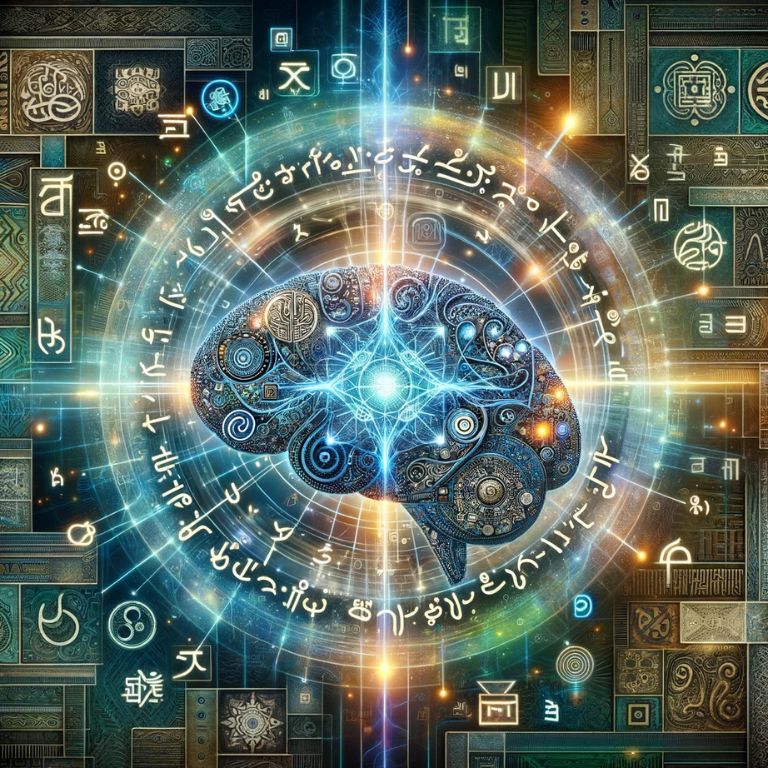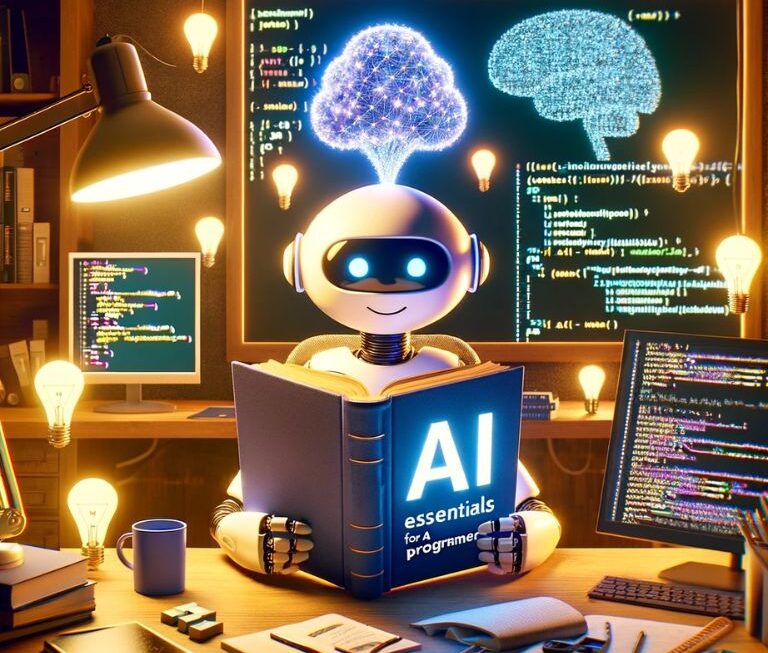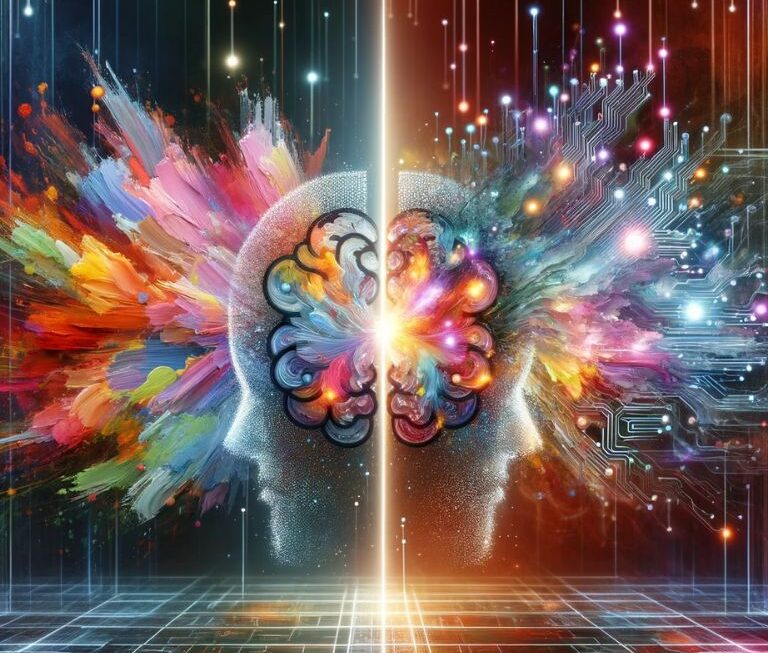The diverse languages that form the fabric of human civilization actively weave a rich tapestry, each bearing its own unique cultural, historical, and intellectual significance. However, this linguistic diversity is under threat, with a language disappearing on average every two weeks. This section delves into the crisis of disappearing languages and underscores the importance of language in preserving cultural identity.
The Crisis of Disappearing Languages
Language extinction is a silent yet profound tragedy occurring worldwide. The UNESCO Atlas of the World’s Languages in Danger categorizes over 2,500 languages as vulnerable, endangered, or critically endangered. This loss is not just about words fading into silence; it’s the disappearance of worldviews, oral histories, and knowledge systems passed down through generations.
Global Language Endangerment Statistics
| Status | Number of Languages | Percentage of World’s Languages |
| Vulnerable | 600+ | ~10% |
| Definitely Endangered | 500+ | ~8% |
| Severely Endangered | 400+ | ~7% |
| Critically Endangered | 600+ | ~10% |
Language as a Cultural Keystone
Languages are far more than communication tools; they are vessels of cultural heritage, identity, and communal memory. Each language reflects a unique way of understanding the world and expresses the collective wisdom of its speakers. The loss of a language erodes cultural diversity, diminishing humanity’s intellectual and expressive richness.
The Importance of Linguistic Diversity
- Cultural Identity and Continuity: Language is integral to cultural identity. It shapes community cohesion and continuity, allowing generations to share stories, customs, and beliefs.
- Knowledge and Wisdom: Indigenous and minority languages often contain centuries of ecological knowledge and wisdom that are invaluable in understanding local ecosystems.
- Cognitive and Social Benefits: Linguistic diversity contributes to cognitive flexibility and social empathy, fostering a more inclusive and understanding global community.
Overview of Generative AI Technology
Defining Generative AI
Generative AI stands at the forefront of artificial intelligence innovations, distinguished by its ability to create new content. In contrast to conventional AI systems that merely interpret or process existing information, generative AI algorithms proactively create novel data, such as text, images, or code, showcasing human-like creativity and complexity. At its core, this technology relies on advanced machine learning models like neural networks, particularly those trained on vast datasets, to ‘learn’ and then ‘create’ something entirely new, adhering to the patterns and rules observed in the training data.
How It Differs from Traditional Computational Linguistics

Generative AI marks a significant departure from traditional computational linguistics in several key aspects:
- Data Processing and Output: Traditional computational linguistics typically focuses on parsing and understanding language based on set rules. In contrast, generative AI not only understands but also produces new language constructs.
- Learning and Adaptability: Traditional models often require manual updates to handle new linguistic phenomena. Generative AI, through self-learning algorithms, continuously evolves, adapting to new linguistic inputs and contexts.
- Complexity and Creativity: While conventional methods are bound by the limitations of pre-defined grammatical and syntactic rules, generative AI can exhibit a higher degree of creativity, generating complex linguistic structures and even mimicking styles.
- Scope of Application: Traditional computational linguistics is generally limited to specific, rule-based tasks. Generative AI, however, has a broader range of applications, from creating realistic dialogues in new languages to generating educational content.
The Role of AI in Documenting Endangered Languages
Techniques and Tools Used
Generative AI has introduced a suite of techniques and tools that are pivotal in documenting endangered languages:
- Automatic Speech Recognition (ASR): This technology transcribes spoken language into text, crucial for languages that lack a written form or have limited literacy resources.
- Natural Language Processing (NLP): NLP algorithms analyze and understand the structure and meaning of languages, aiding in the creation of linguistic databases.
- Machine Translation: Advanced translation models facilitate the translation of endangered languages into widely spoken ones, making them accessible to a broader audience.
- Language Modeling: AI models can predict and generate text based on language patterns, useful in reconstructing incomplete or fragmentary linguistic data.
- Crowdsourcing Platforms: These platforms engage native speakers and linguists worldwide, enabling the collection and verification of language data at an unprecedented scale.
Challenges in AI-driven Language Preservation
Dealing with Limited Data Sets
One of the fundamental challenges in employing AI for language preservation is the scarcity of comprehensive data sets, especially for endangered languages. These languages often have fewer speakers, limited written records, and scant audio-visual materials. AI models, particularly those based on machine learning, require large amounts of data to ‘learn’ effectively. The dearth of extensive linguistic data can hinder the AI’s ability to accurately recognize, process, and generate these languages. To mitigate this, researchers are adopting innovative approaches like transfer learning, where a model trained on data-rich languages is adapted to understand less-documented ones. Additionally, grassroots efforts to collect language data through community participation are proving invaluable in enriching these limited data sets.
Ensuring Cultural Sensitivity and Accuracy
Another critical challenge is ensuring that AI-driven language preservation respects and accurately reflects the cultural nuances embedded in languages. Language is deeply intertwined with culture and identity; a misrepresentation can lead to cultural misinterpretation or even offense. AI models, while sophisticated, may not fully grasp the subtleties of cultural context, idiomatic expressions, and local dialect variations. To address this, it’s crucial to involve native speakers and cultural experts in the AI development process. Their insights and feedback can guide the AI in capturing the true essence of the language and its cultural context. Moreover, ongoing monitoring and refinement of AI outputs are essential to maintain cultural sensitivity and accuracy.
Community Involvement and Ethical Considerations
Engaging Native Speakers in the Preservation Process

The involvement of native speakers is pivotal in the language preservation process, especially when it comes to the use of AI technologies. Their participation ensures that the language is documented authentically and respects the cultural nuances and variations inherent in their speech. Native speakers provide invaluable insights into idiomatic expressions, pronunciation nuances, and contextual meanings that AI alone cannot decipher. Collaborative projects where community members work alongside linguists and AI developers have shown great promise. For instance, in recording oral histories and folklore, native speakers not only contribute linguistic data but also help in interpreting and contextualizing the information, ensuring its accuracy and cultural relevance.
Balancing Technology and Human Input
Effective language preservation using AI requires a balanced approach that values both technological innovation and human expertise:
- Quality Control: Human oversight is necessary to ensure the quality and accuracy of AI-generated data, especially in understanding context and nuance.
- Ethical Use of Data: Ensuring informed consent and ethical use of language data collected from communities is essential.
- Cultural Representation: AI should be used as a tool to amplify, not replace, the cultural expressions inherent in a language.
- Adaptive Learning: AI systems should be designed to adapt and learn from ongoing human input, ensuring continuous improvement and relevance.
- Inclusive Development: Developing AI tools should be an inclusive process, involving linguists, technologists, and most importantly, the native speaker communities.
Future Prospects and Developments
Potential Advancements in AI for Language Preservation
The future of AI in language preservation looks promising, with several potential advancements on the horizon:
- Improved Machine Learning Models: Advancements in machine learning algorithms, especially those capable of learning with less data, could significantly enhance AI’s ability to process under-documented languages.
- Voice Synthesis and Recognition: Enhanced voice recognition and synthesis technologies could enable more accurate and naturalistic replication of endangered languages, making them more accessible.
- Augmented Reality (AR) and Virtual Reality (VR) Applications: AR and VR can offer immersive language learning experiences, facilitating more engaging and interactive ways to learn and preserve languages.
- Automated Content Generation: AI has the potential to automatically generate educational and cultural content in endangered languages, thereby supporting language learning and enhancing cultural understanding.
- Cross-lingual Transfer Learning: Leveraging data and patterns from one language to aid in the processing of another, especially for languages with limited data, could be a game-changer in language preservation efforts.
Collaboration with Linguists and Technologists
Moving forward with AI in language preservation hinges on deep-rooted collaboration. By uniting linguists, technologists, and communities, we create a synergistic environment where the strengths of each group are maximized. Linguists provide the necessary expertise in language structure, dialects, and cultural nuances, while technologists bring innovative AI solutions to the table. This partnership is essential for developing AI tools that are not only technologically advanced but also linguistically and culturally accurate. Such collaborations have already yielded successful projects, and as technology evolves, these partnerships will become increasingly vital in preserving the world’s linguistic heritage.
A Digital Legacy
Using Generative AI to preserve endangered languages is a cultural and ethical journey, not just a technological one. It’s where innovation meets tradition, using digital tools to bridge past and future, safeguarding the identity, wisdom, and heritage in these languages. We must use technology responsibly, ensuring that we understand and appreciate the voices of the past for future generations.
AI’s role in language preservation symbolizes hope and our commitment to cultural diversity. Its evolving capabilities offer limitless potential in transforming language preservation. This journey, driven by technology and collaboration, aims to enrich our linguistic legacy, giving every language, regardless of size, a chance to survive and thrive in the digital age.




